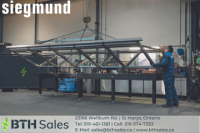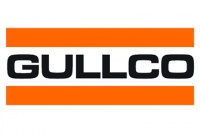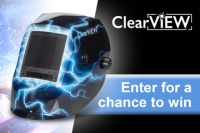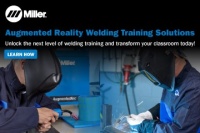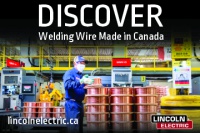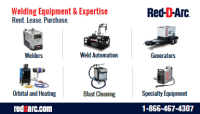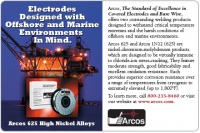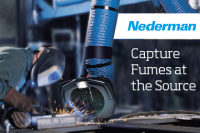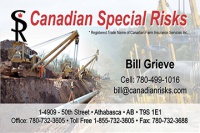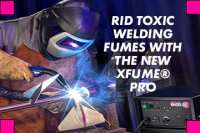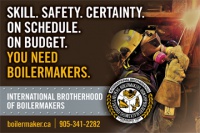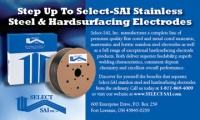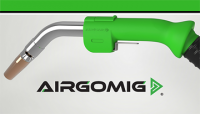Full-Scale Testing of the Fatigue Life of Laser Clad Components
Laser additive manufacturing, or laser cladding, is an overlay welding technique in which a consumable is fusion bonded to a substrate. The process is typified by low heat input, minimal dilution, and small heat affected zone relative to conventional arc welded overlays. These properties make it idea for hardfacing, corrosion, and dimension repair overlays in the petrochemical and mining industries. However, laser cladding’s use in industry is currently limited to non-critical applications due to a lack of data of how laser cladding affects the fatigue performance of industrial components. This investigation directly addresses this fundamental lack of knowledge by examining the effect of laser cladding on the fatigue life of alloy steel through full scale testing in a 4-pt rotating bending mode. Quenched and tempered AISI-SAE 4140H steel was laser clad with a 13Cr steel overlay utilizing no preheat, 300°F and 600°F preheats and tested on a custom built fatigue test apparatus utilizing a randomized completed block format. The fatigue results were analyzed using the Kaplan-Meier survivor analysis and the log rank test. It was determined that laser cladding with an appropriate preheat produces a statistically significant increase in fatigue life relative to unclad 4140 or 4140 clad without the use of a preheat.
Become a member of the CWB Association by following these simple steps! Membership is Free.
Log In
Have a myCWB account?
You will be redirected back to this page once you've logged in successfully.
Don't have a myCWB account yet?
Register for an account and you can join the CWB Association during the registration process!
